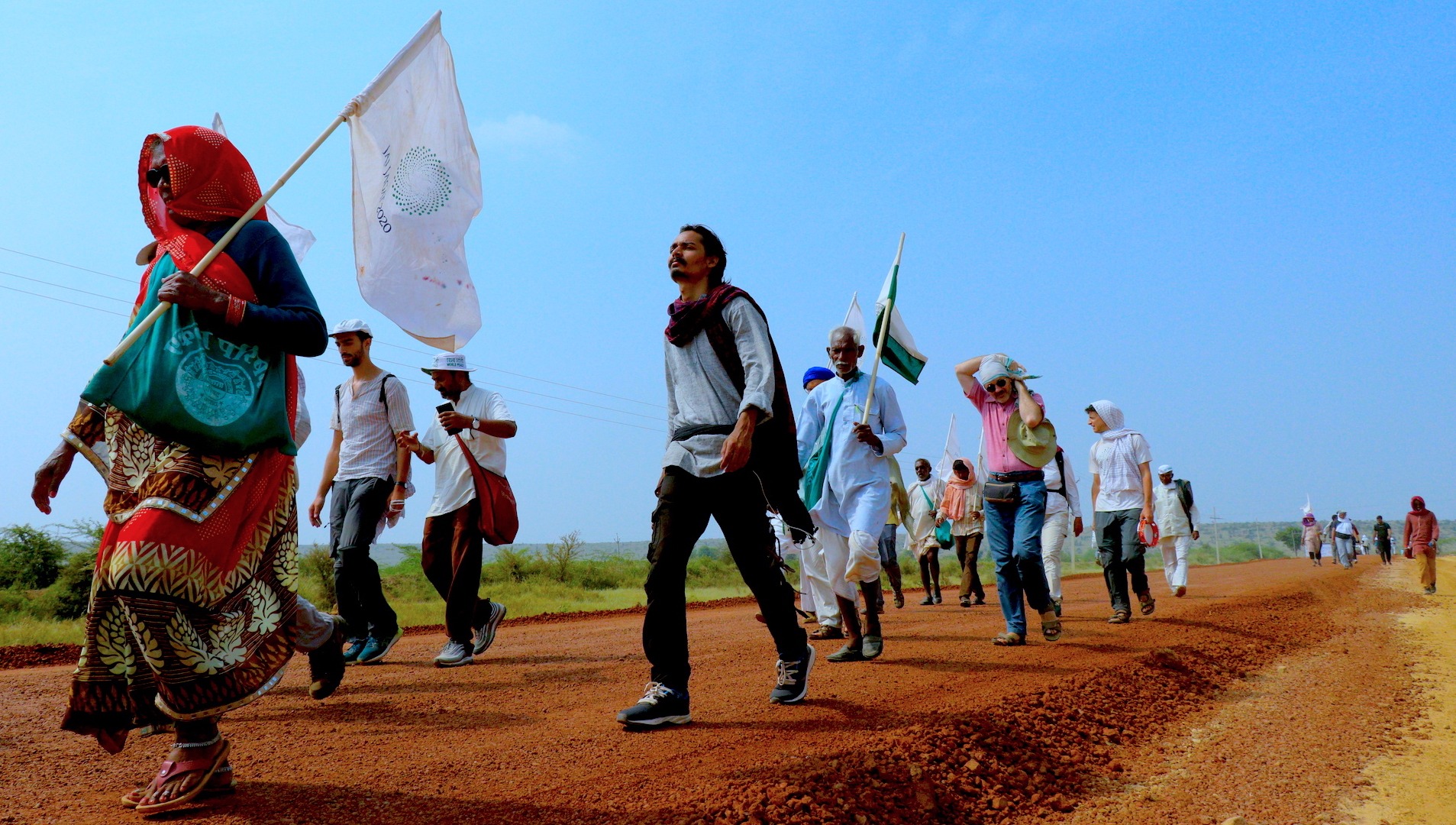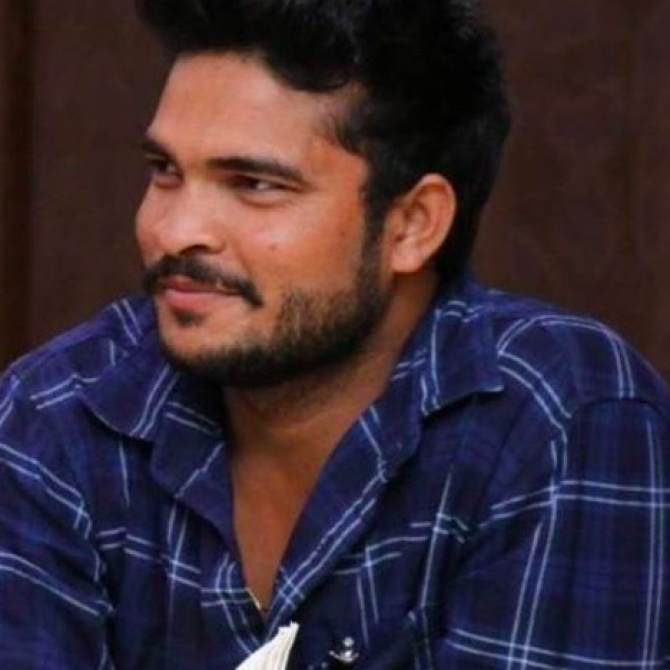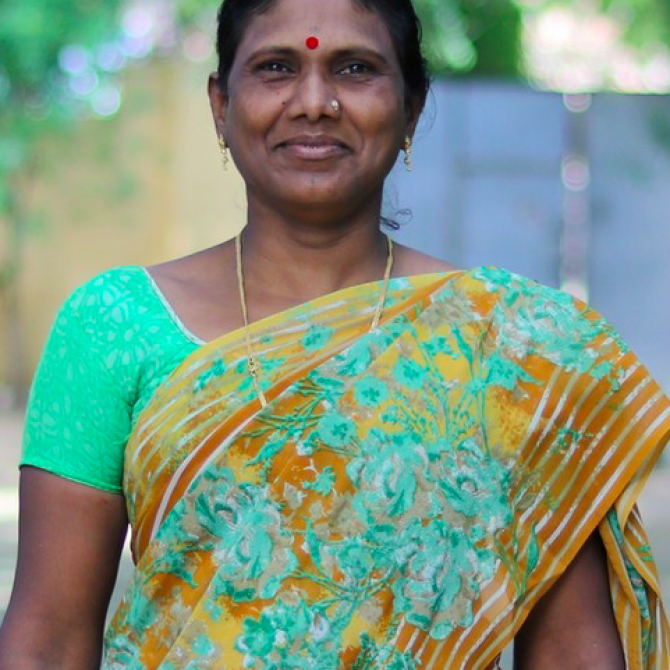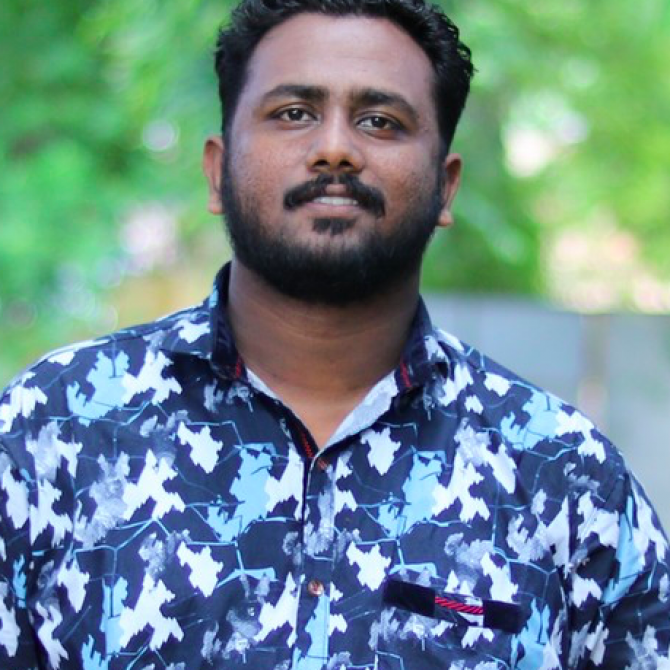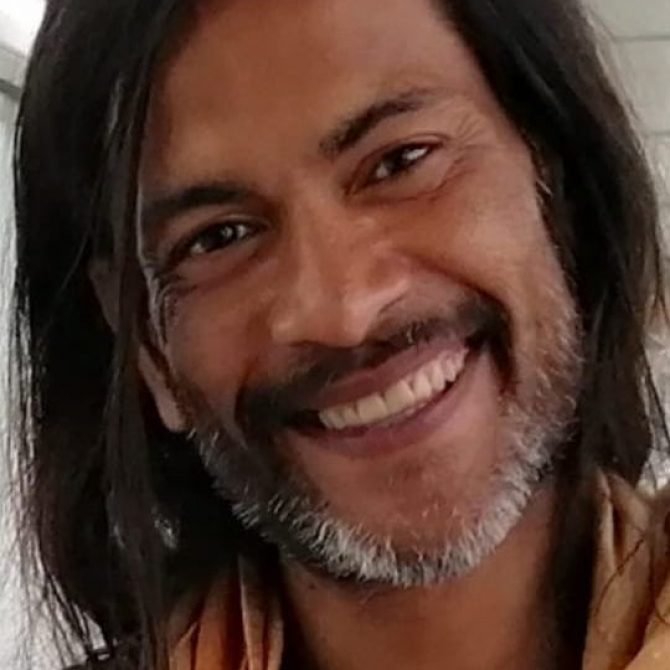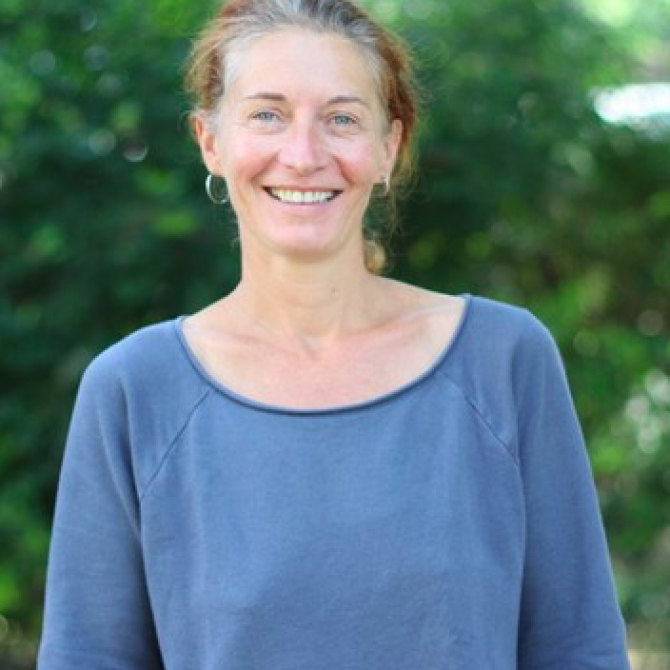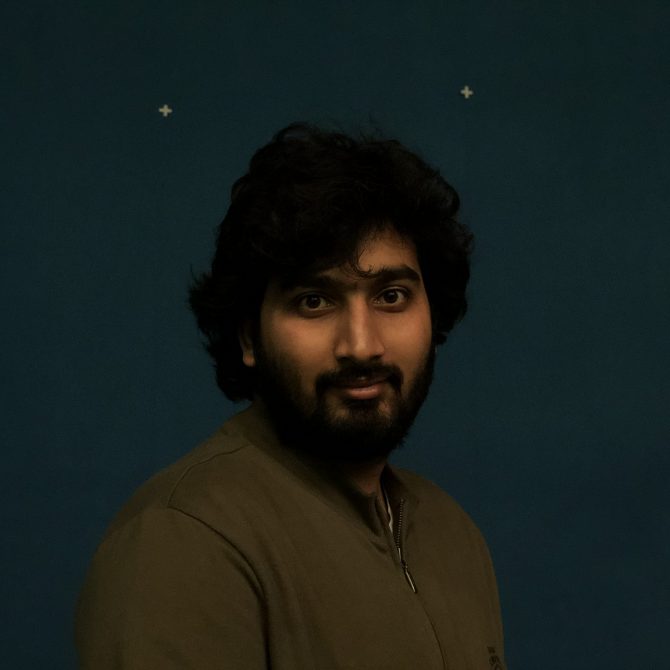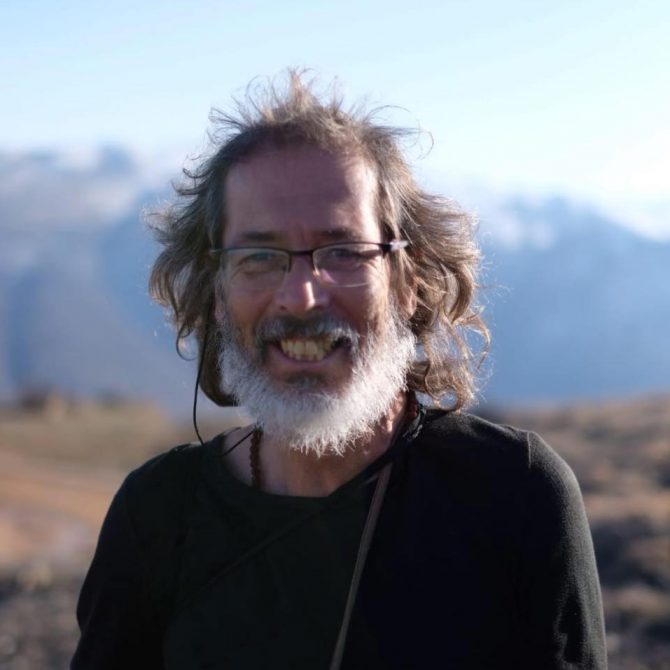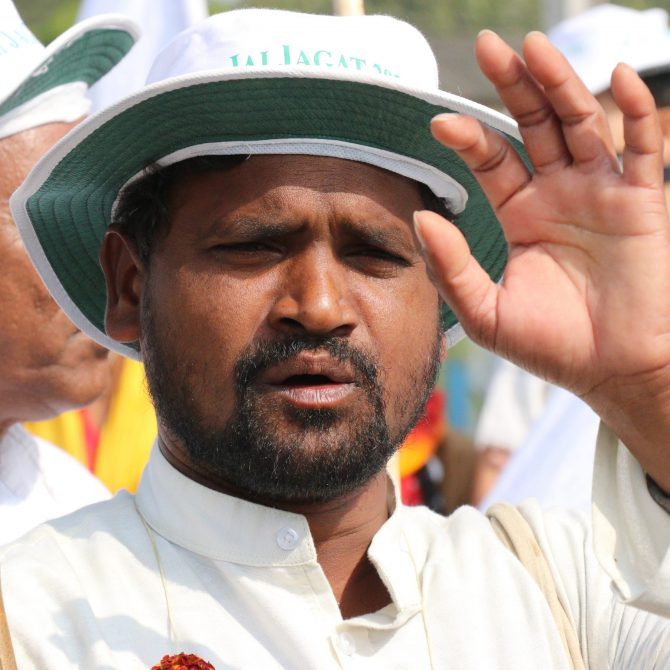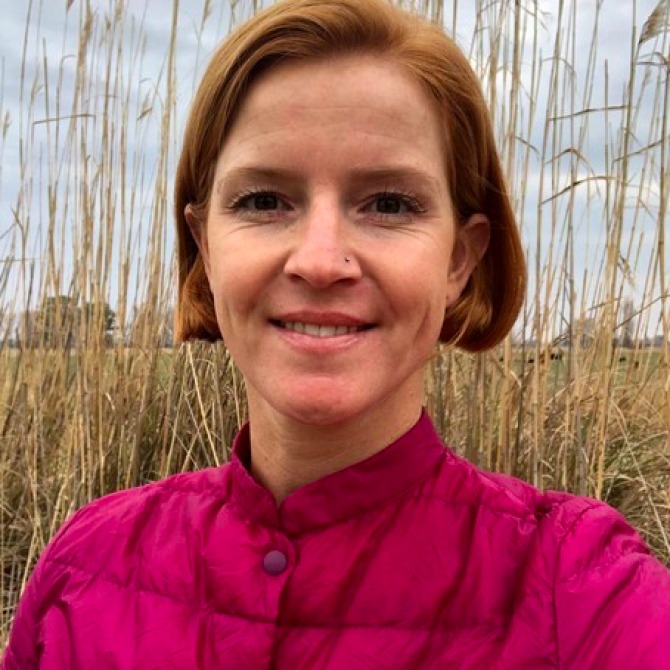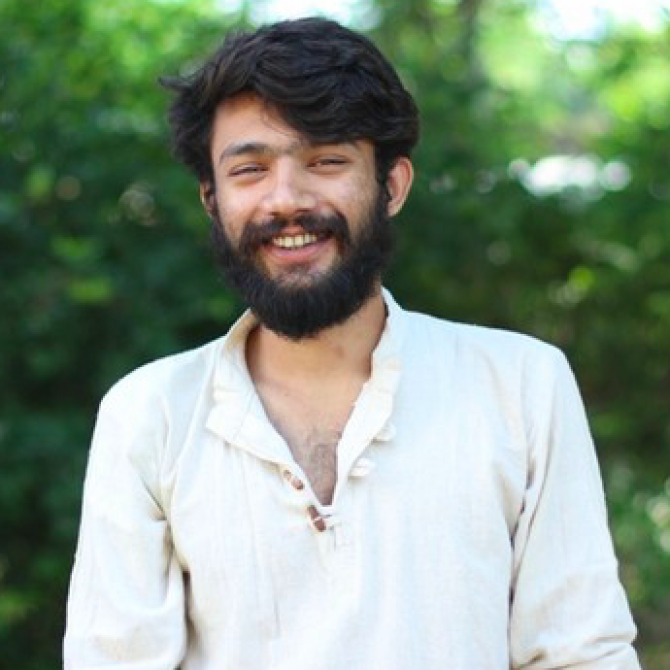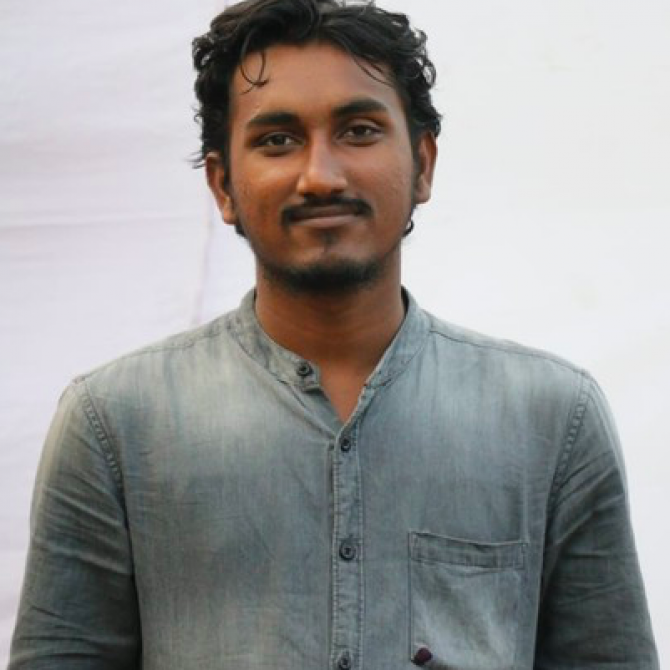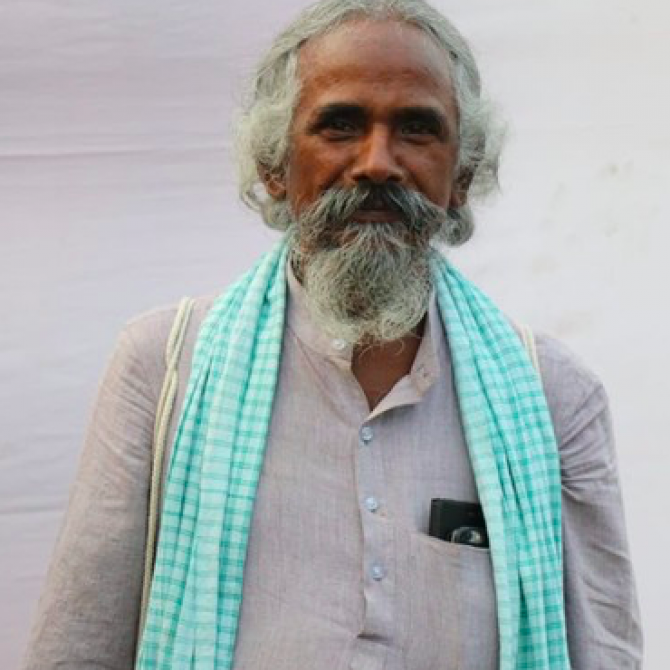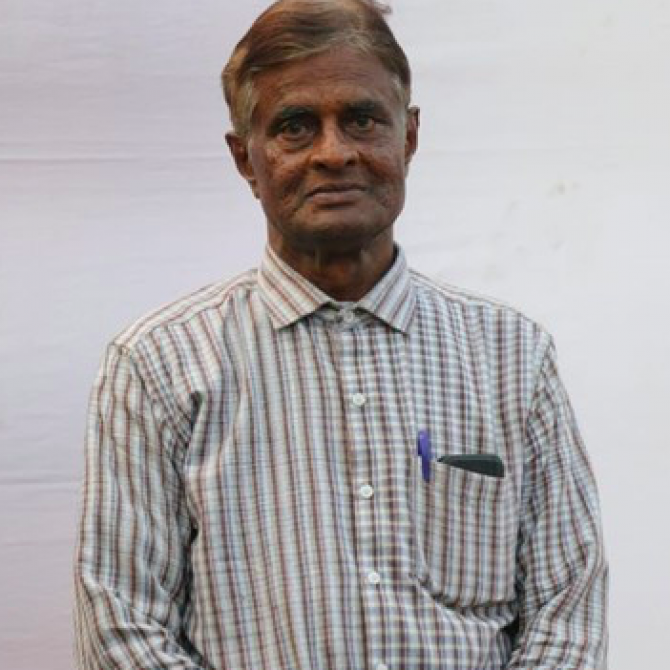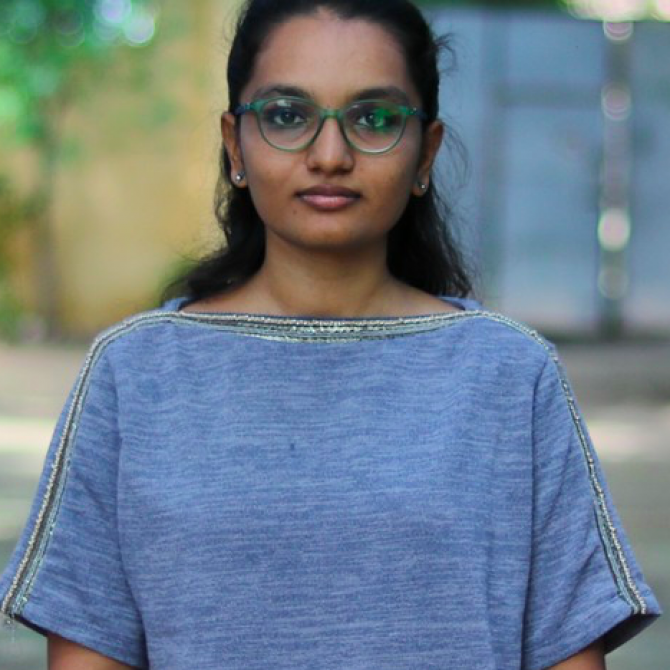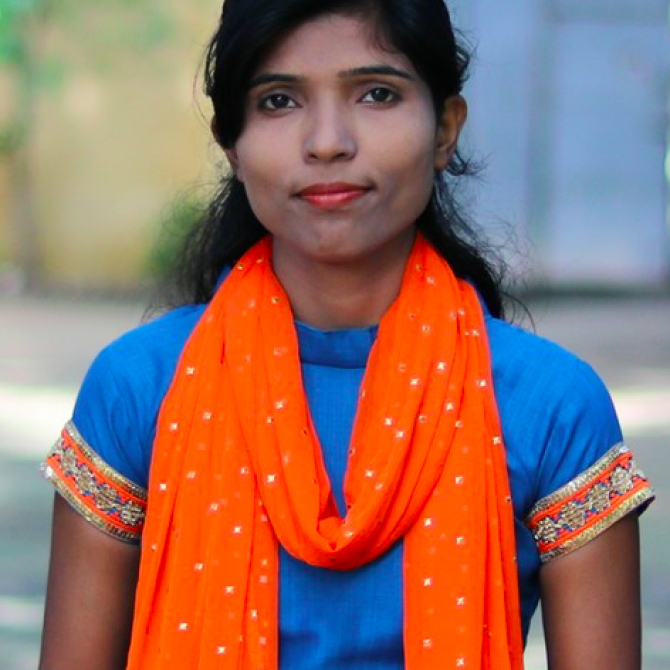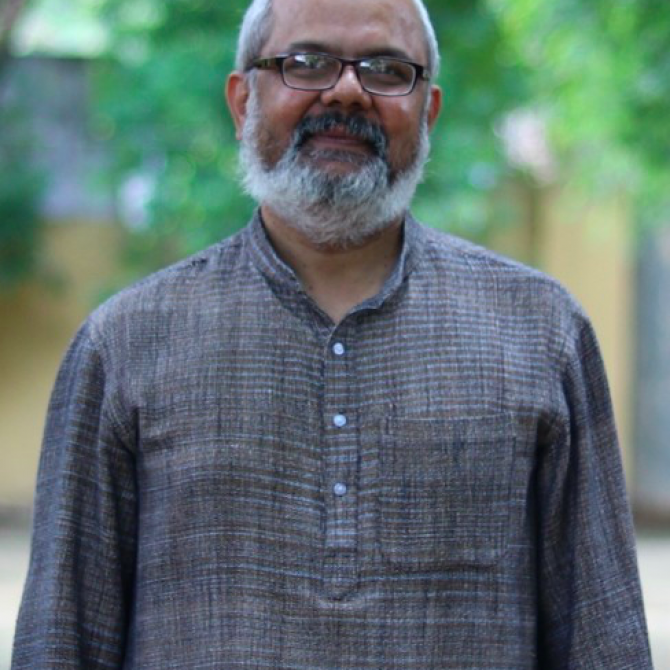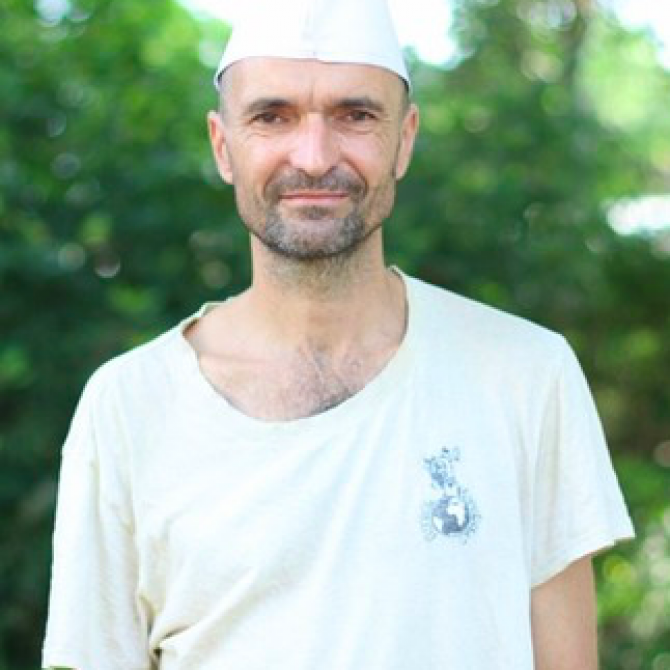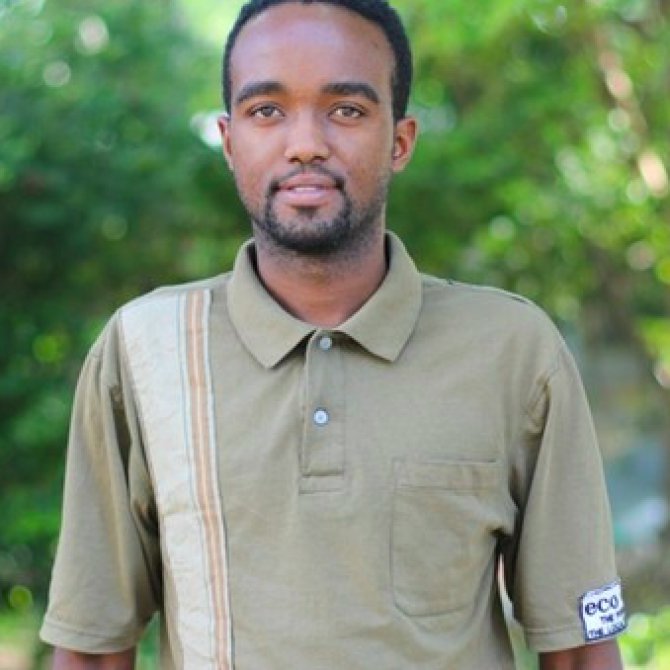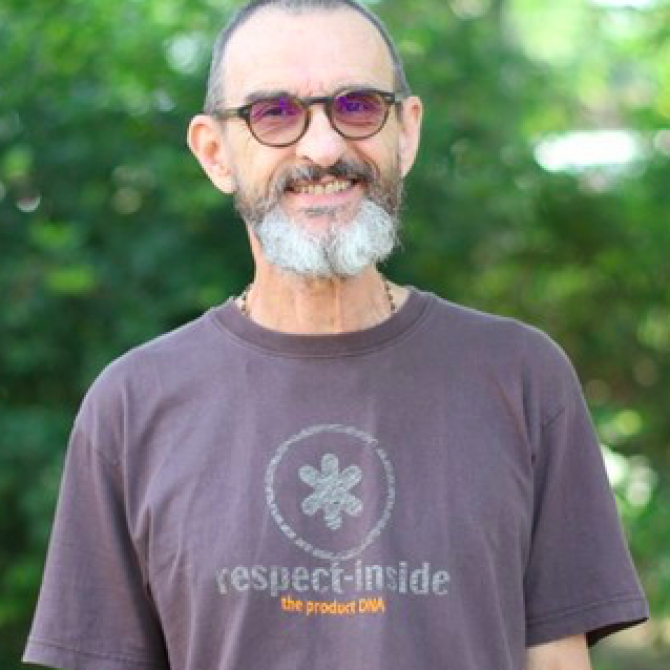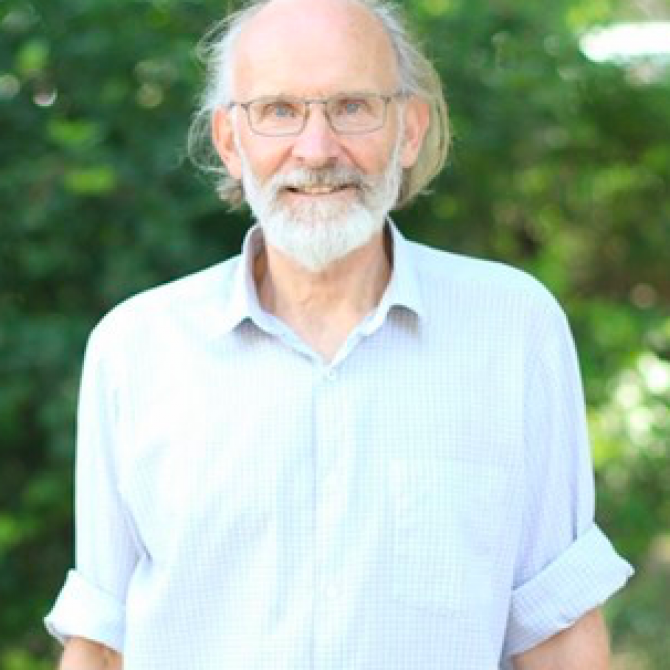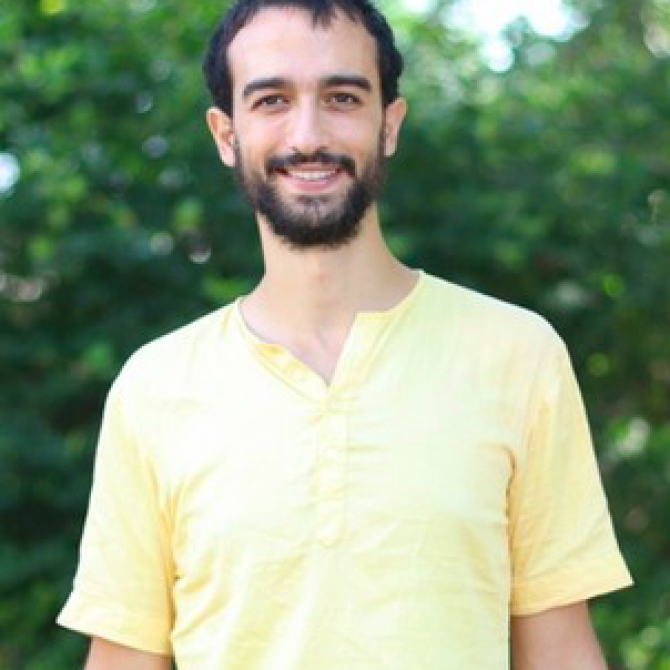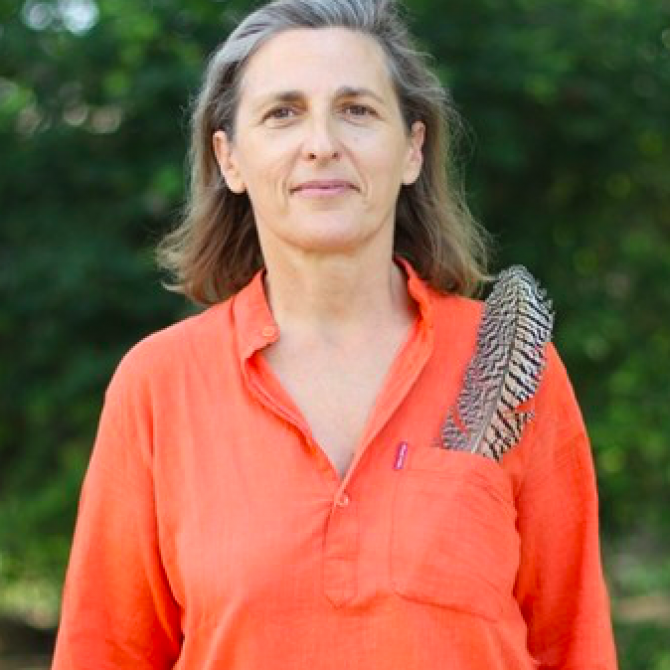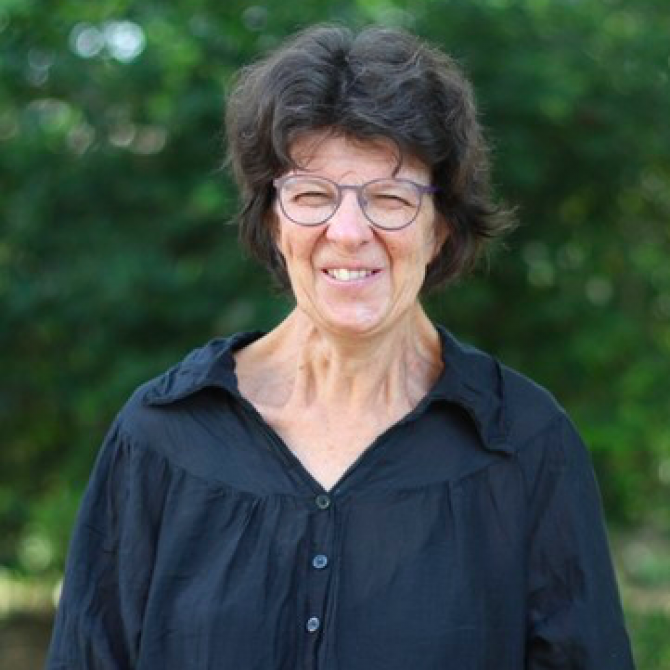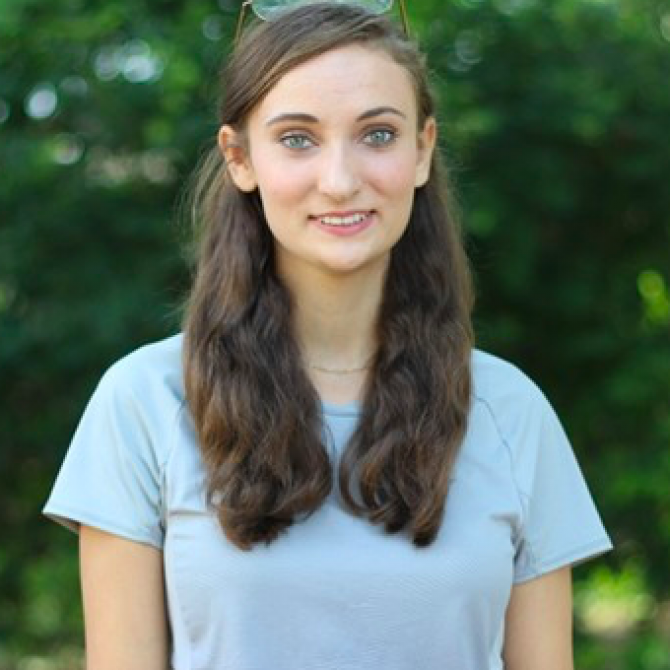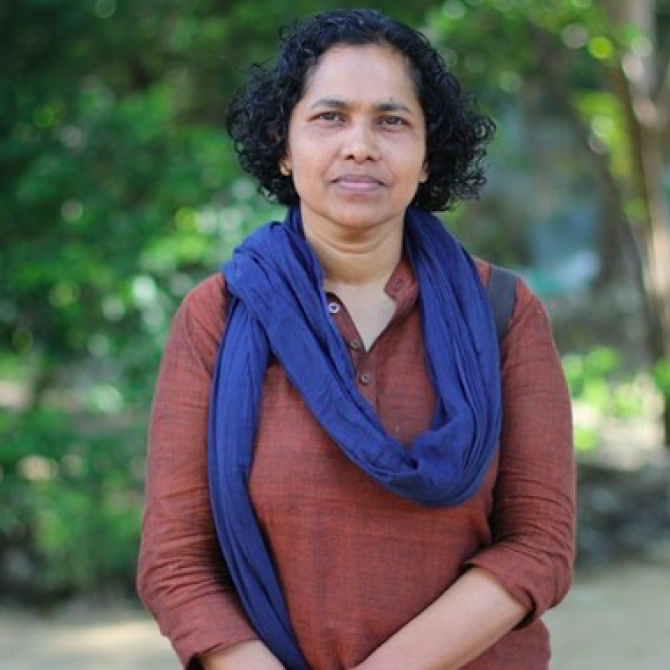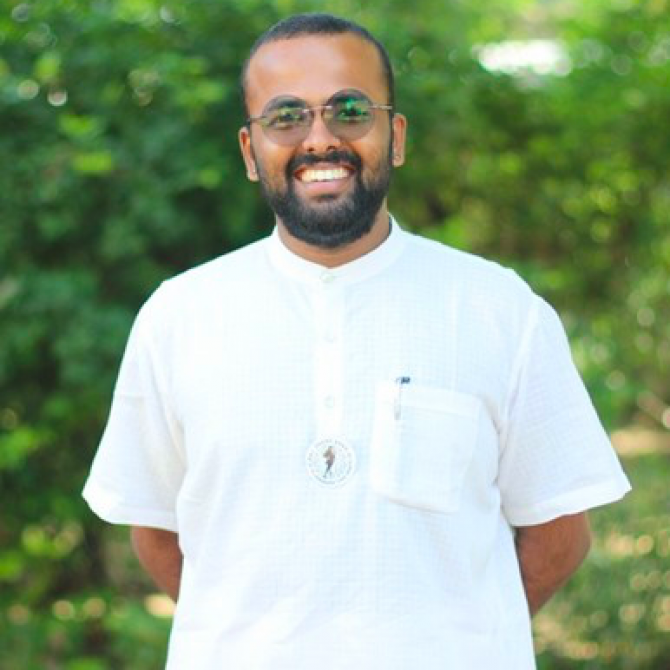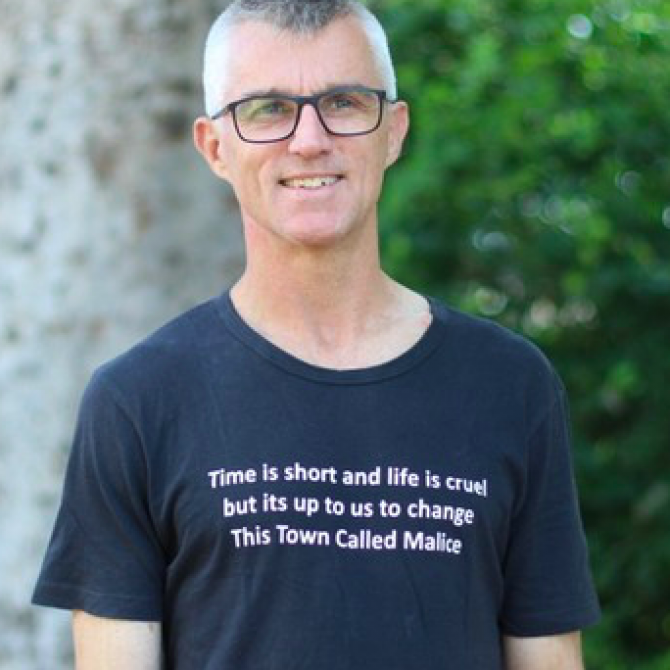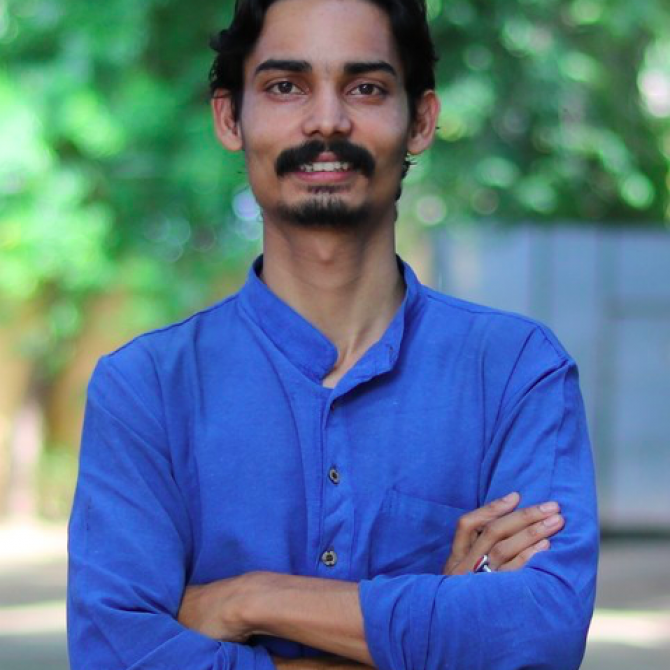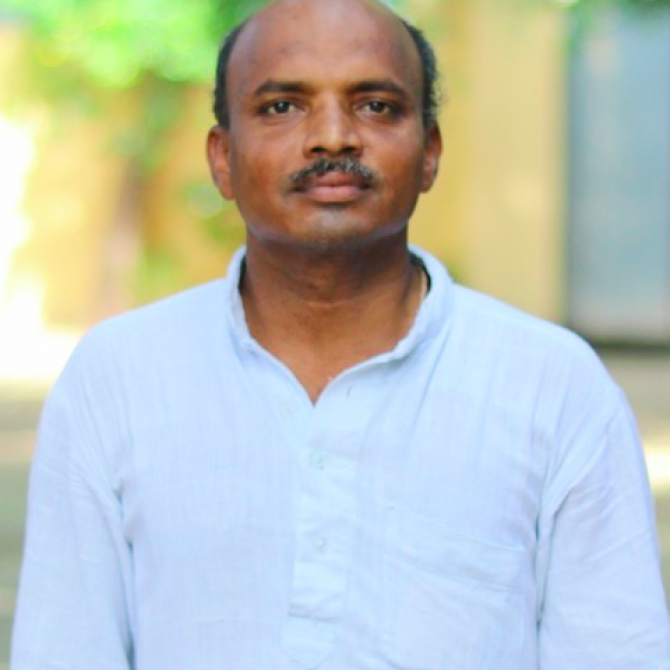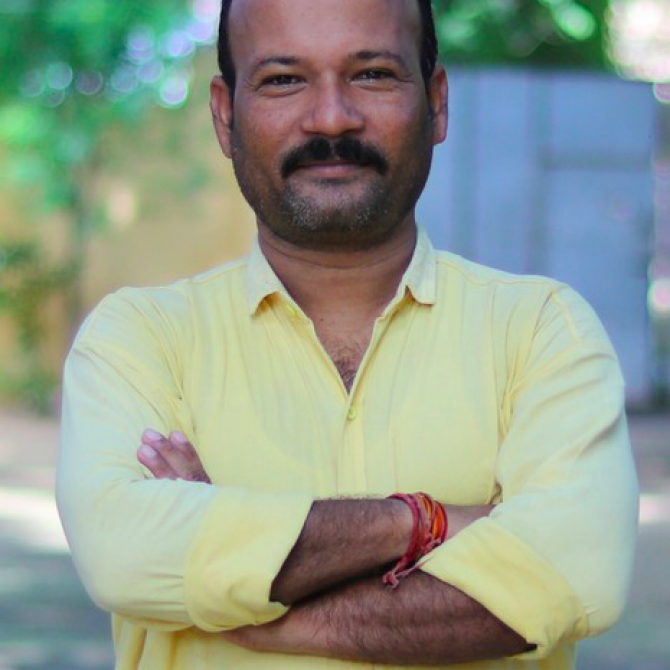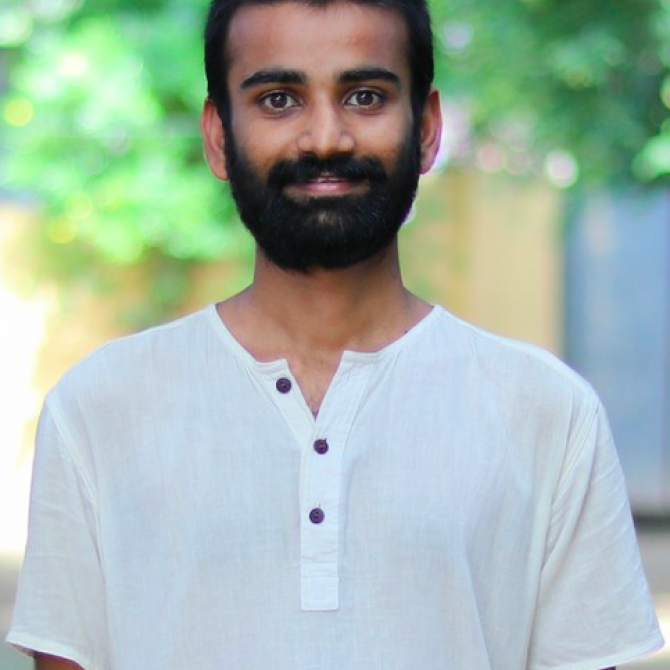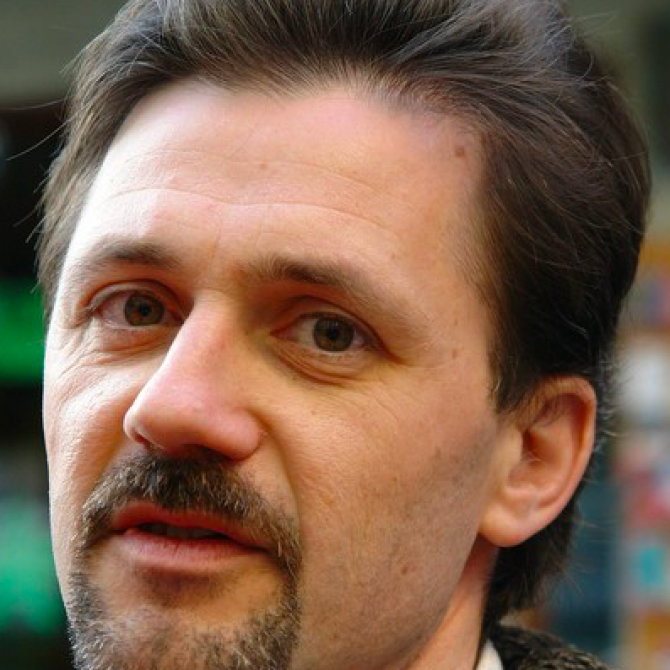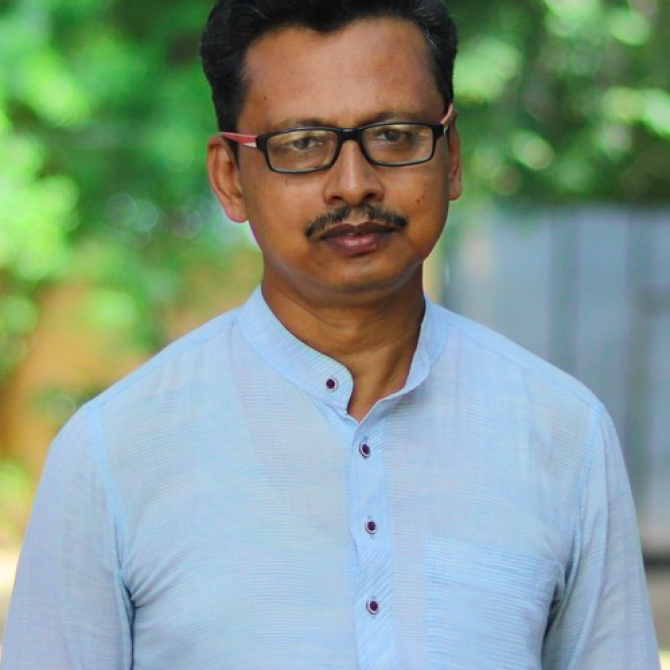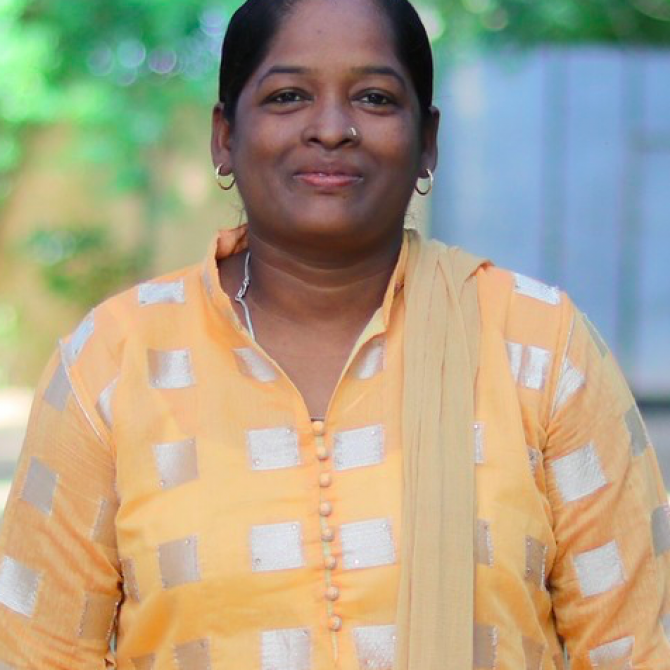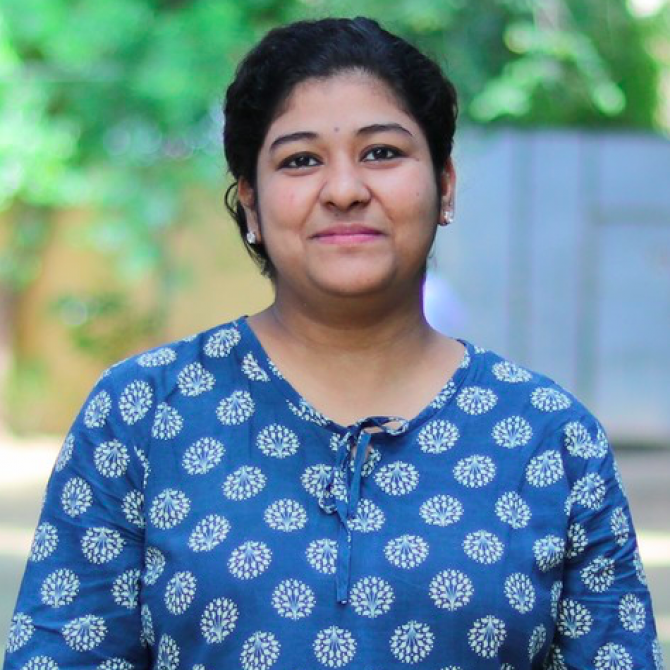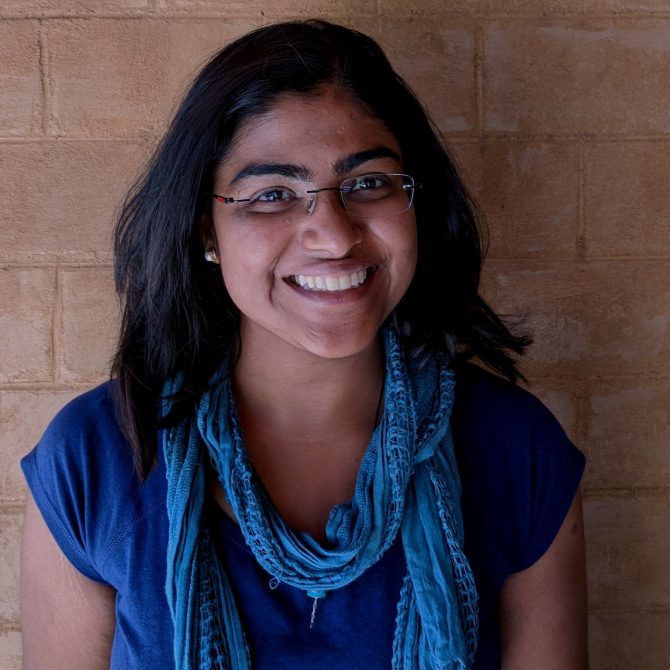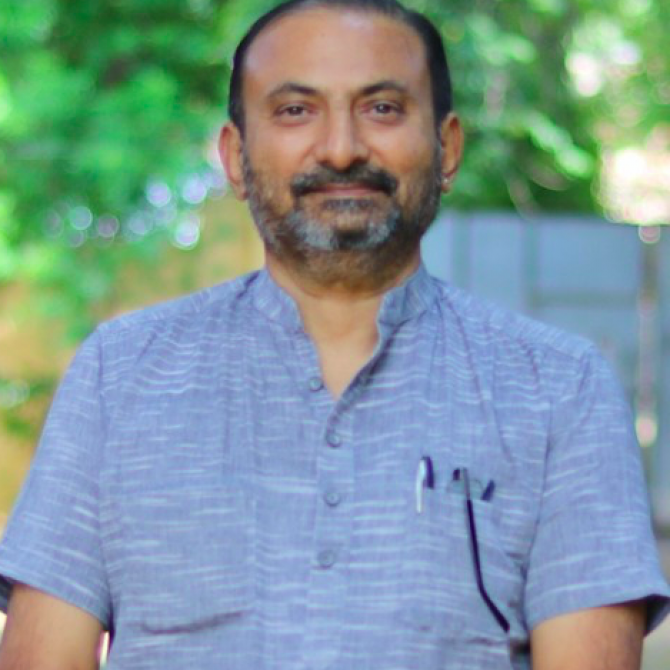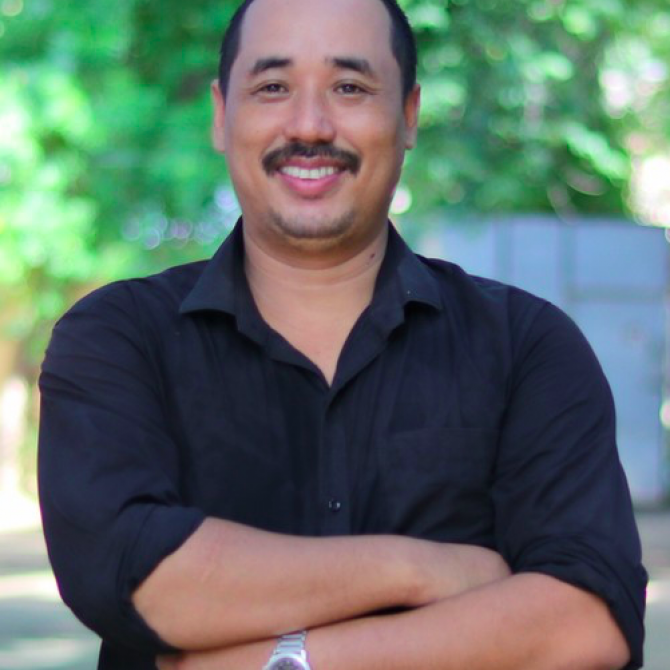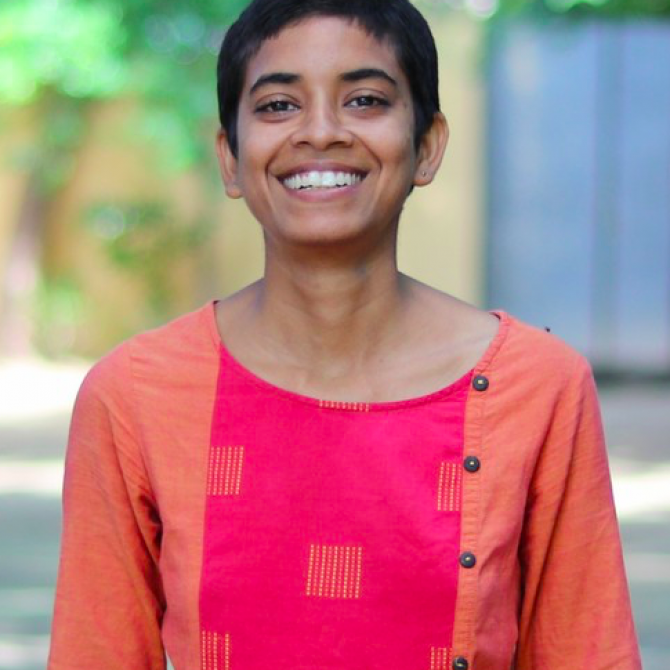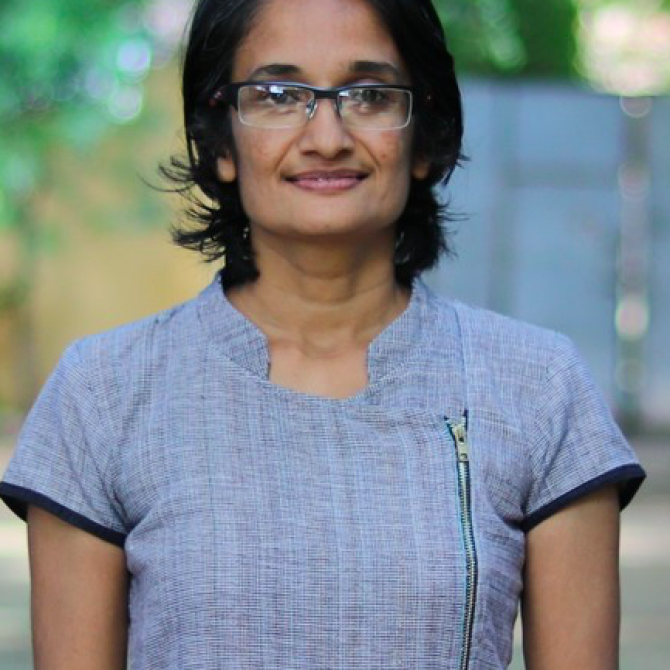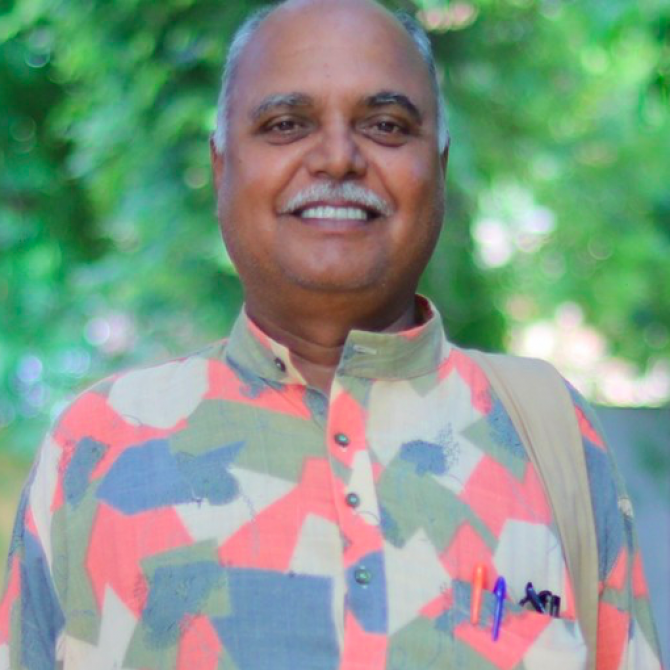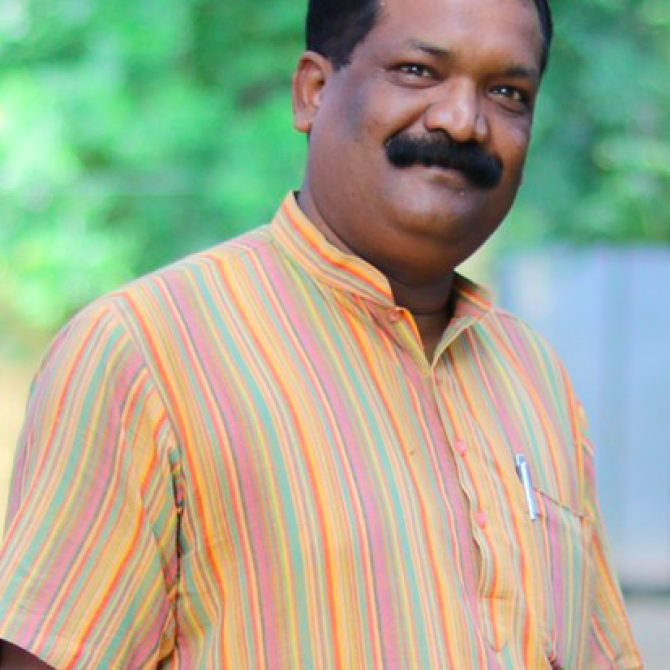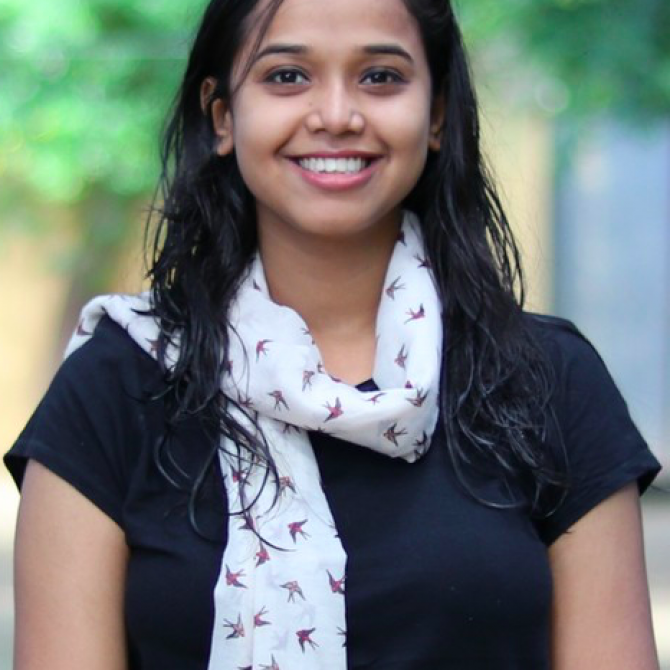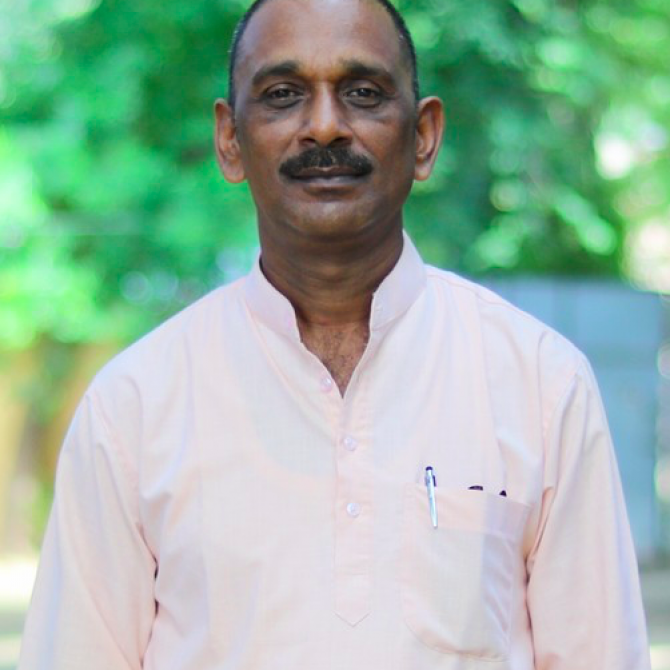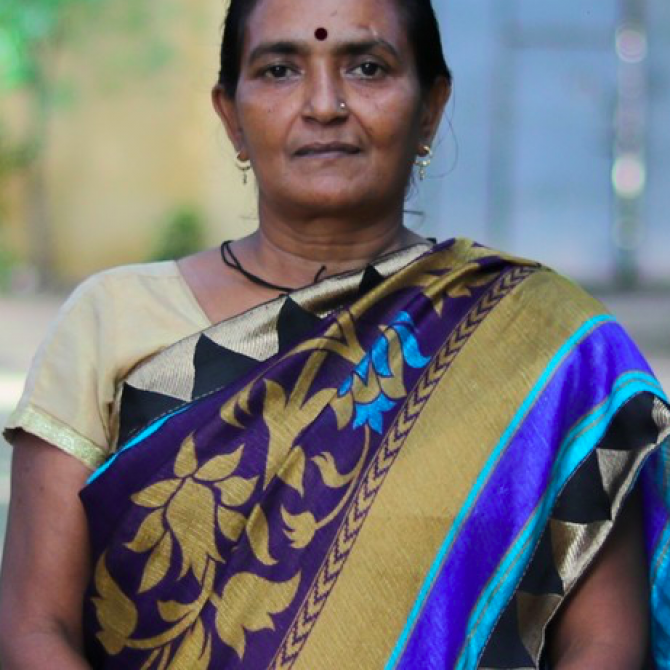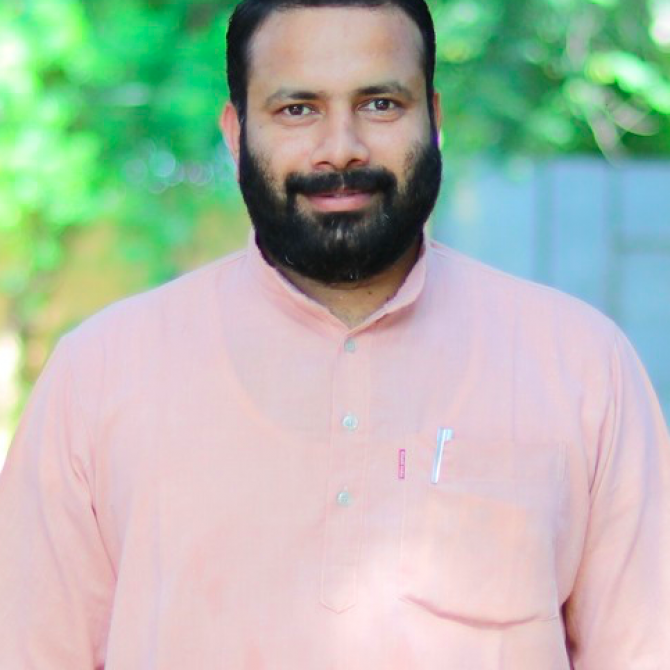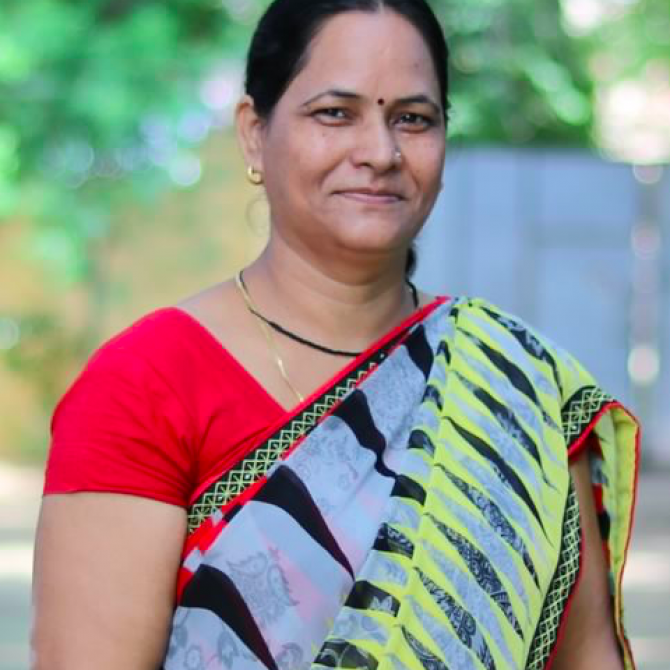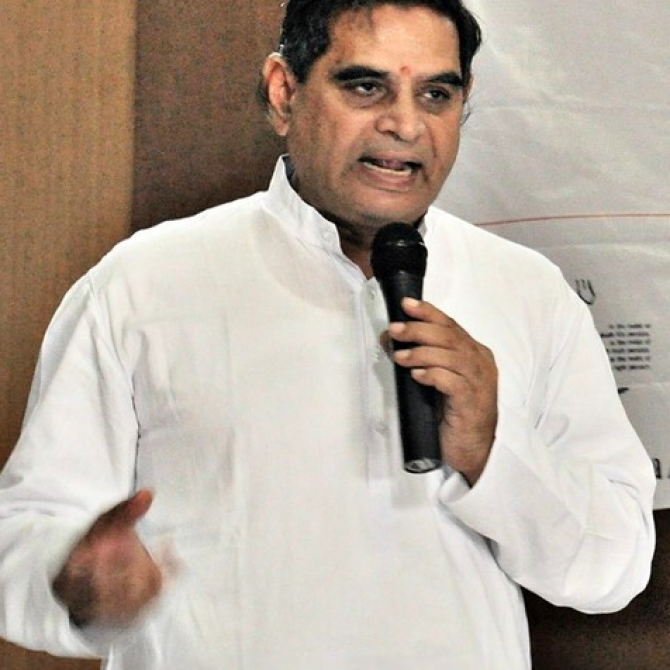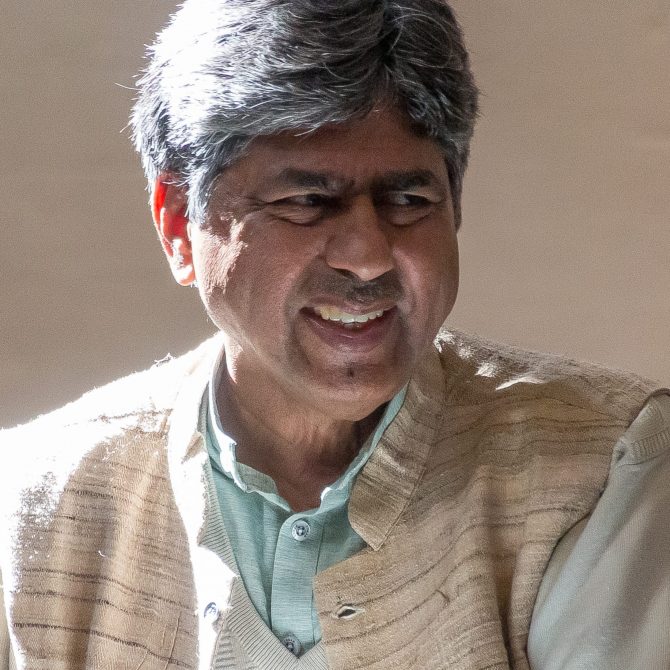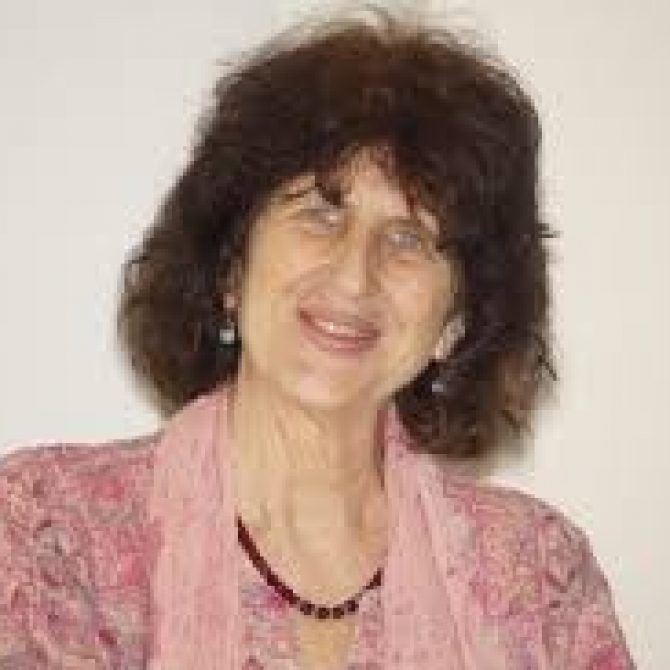ABOUT THE MARCH
Marches are a way to reaffirm peace. Mahatma Gandhi’s famous Dandi March in 1930, provided a nonviolent method of resisting injustices. Inspired by the Salt Satyagraha, Jai Jagat campaign employs this unique action to bring justice and peace. Peace marches are one of the methods to counter violence, and call for people to come together in a movement to advance the wellbeing of the planet. Although the salt satyagraha was to make salt from the sea, it was basically a means to counter the injustice of the British Colonial administration’s collection of tax on salt. And thereby provided a nonviolent method of resisting the injustices.
To Commemorate the 150th birth anniversary of Mahatma Gandhi, the Global Peace march began on the 2nd October 2019. It is a foot march planned to cover 11,000 Kilometres from New Delhi, India to Geneva, Switzerland over a span of 365 days. The march had been envisaged to go through 10 countries – India, Pakistan, Iran, Armenia, Georgia, Bulgaria, Serbia, Bosnia and Herzegovina, Croatia, Italy and Switzerland.
The footmarch is a way to engage and advocate for justice and peace around the four pillars of Jai Jagat to the local people, bureaucrats, politicians, students, teachers, businessmen, civil society and the government body at both the regional and national levels of the respective country. And subsequently to engage in dialogue with the United Nations confederate groups in Geneva, Switzerland through a week long Geneva Forum programme. The walk thereby enabling the foot marchers to communicate various grassroot realities and experiences to the institutions and organisations working on global peace building at Geneva.
It was a movement intended to mobilise and inspire the society especially the young to partake in actions of nonviolence for greater justice and peace.
In India, the foot march completed over 2000 Km from New Delhi (2nd October 2019) to Wardha (30th January 2020). Due to the disturbed global political environment during these four months, the foot march was re-tracked from the southern tip of Armenia in February 2020. Smaller delegations were meanwhile sent to Pakistan and Iran in February 2020 to spread the message of Jai Jagat. And later due to the outbreak of the coronavirus pandemic the march had to be stopped after completing 360 kilometers in Armenia.
PROFILES OF THE PEOPLE MARCHING
The Global Peace foot march is led by a group of 50 people from across the world and of diverse backgrounds. Of which 15 are youths from the urban society, 15 grassroots social activists and 15 from 10 different countries. These are people from diverse cultural, religious and social backgrounds of different parts of the world.
#OnTheMove IN 10 COUNTRIES
2nd October 2019 to 30th January 2020 | 2,100 kilometres by foot
Detailed report from India
The Jai Jagat global peace march began on the 2nd of October on the occasion of the 150th year of mahatma Gandhi’s birth. The yearlong march included four months of walking on the central plains of this wonderful and diverse country where the march covered nearly 2100 km averaging 25 km a day. The marchers stayed in different locations every night and met hundreds of people in the course of every day while ensuring capacity building on nonviolence during the course of these four months. This allowed us to get a “worm’s eye view” of people’s lives. Step by step, village by village, city by city connecting with the actions of so many people, it has been an amazing view into the daily lives of such a diverse population. This is very different from the “bird’s eye view” which tends to see things from aerial heights without touching the ground realities. The Jai Jagat in every step ‘touched the ground’.
During its first phase, the Jai Jagat March went through Delhi, Haryana, Uttar Pradesh, Rajasthan, Madhya Pradesh and Maharashtra, spreading Gandhi’s message of “on the move for justice and peace” directly impacting over 100,000 people during the course of the walk, trained nearly 5,000 young people and sensitized 25,000 school children on nonviolence. Most of the journey was in Madhya Pradesh and as we traversed 13 districts, we found ourselves in dozens of forest areas, and in this process, we became acquainted with different tribal cultures “adivasi”, learning their ways of ecological balancing being the traditional keepers and custodians of the forests and their cosmologies that invariably sees the earth as a complete entity in itself.
During these four months, we were overwhelmed by the love and support of people and the administration, right from district collectors to the village panchayats who graciously welcomed the marchers everywhere we went. It was particularly heartwarming to see the support extended to the Peace march by the police who took care of the marchers throughout as well as the involvement and warm receptions of the politicians from both ends of the country’s political spectrum, in each block, each village, town and cities we passed through. They gave us food, they gave us hospitality and they gave us love, showering the marchers with flowers everywhere we met. We felt completely cared for.
It invariably led to the question as to why would the government apparatus help us? Most of the time, the issues that we had fought for had been at odds with the state. Our understanding that emerged was that they saw the movement as taking Gandhi to Geneva. For example, In a district in Madhya Pradesh, history was made when the state’s chief minister organized an event where 25000 school children gathered to honor the marchers and their message of Gandhi. The unanticipated support by the government only inspired us and demonstrated how, when one walks for truth, for peace and justice with 50 people dedicating one year of their lives, everything automatically falls in place.
One of the most important aspect of the march was our interactions with school children, both from the middle class English medium schools to government schools, and college students and sensitized them on nonviolence and the vision, aim and objectives of the Jai Jagat march and also introduced the idea of Peace Clubs to encourage the practice of resolving conflict situations through dialogues. Through these direct interactions for capacity building of the young people, the generation for whom the jai Jagat purports to build a better future, we were able to reach nearly 70,000 school going and college students of which about five thousand were trained directly through special sessions of capacity building as we perceive the youth to be the most effective agents of change.
In line with Jai Jagat’s pillar of ‘inclusion’ and the issue of ‘poverty’ that is invariably related with the issue of rights over land, water and the forests, we met thousands of the displaced, dispossessed tribal groups and landless village folks, who showed great enthusiasm and hope as they shared their grievances and concerns. We have been documenting these concerns which are often a result of insensitive policies from the government that fails to address developmental issues from a bottom-up approach and which the Jai Jagat intends to present in the Geneva forum. At the same time, we also discussed environmental issues and sensitized people about the use of plastic, of inorganic fertilizers and pesticides and advocated as well as noted examples of environment friendly local production.
The four months of the Indian leg of the yearlong march ended with a three-day Peace Conference in Wardha where experts discussed the most important issue of how to introduce and develop education for peace. Other expert panels discussed and debated the nonviolent economy and nonviolent governance. Jai jagat sees these three as essential areas of intervention that must incorporate a nonviolent paradigm in all spheres of life to see transformation of the society that is towards a more just and peaceful society.
The Indian phase of the march ended at Sewagram, Gandhi’s Ashram, quite aptly as the march prepares for the next 8 months of international march to spread the Mahatma’s message of peace and Justice.
15th to 22nd February 2020
Detailed report of the Pakistan visit can be found here
Pakistan is a country portrayed as a military controlled democracy with vast areas under tribal jurisdiction on the western frontier with their own forces over which the country seems to have no control.
Naturally Jai Jagat considered Pakistan as one of the key destinations for a peace march precisely because of the high conflict zone at the borders. Indeed the whole region is violence prone when it comes to Pakistan’s geo-strategic location. And made for a perfect choice to spread Gandhi’s message of nonviolence.
However, a chain of unpleasant events gave an end to all diplomatic engagements between the India and Pakistan, merely two months before the yatra was to begin.
The march was looked upon as strengthening Jai Jagat’s resolve on initiating peace movements within the framework of nonviolence and dialogue based solutions to further the process of peace building. Thereby to establish and form networks of citizens for peace in the country to carry the Jai Jagat campaign forward was essential.
Hence, a shorter visit from Nepal to Pakistan from 15th Feb to 22 Feb 2020 was organized. A team of Jai jagat and Ekta parishad members went to Nepal, trained and briefed their Nepali Jai Jagat colleagues consisting of 6 people who would later visit Pakistan to spread Gandhi’s message, engage in cultural exchange, identify and form networks and organizations working for peace.
During this week-long visit, several meetings were held and a general support and solidarity towards the campaign was felt by the people of Pakistan that was very well received. The team reported on their observations on inequality of wealth and poverty in Pakistan, and shared the goal, objective and vision of victory for all. They also tried to establish contacts with organizations and spread the message of peace. They found willing partners in the many civil society organisations.
The findings and observations from the visit and interactions on nonviolence proved quite fruitful. The results and findings along with observations are detailed in the Pakistan Report_Jai Jagat.
4th to 25th February 2020
After many changes to the Iran visit owing to sensitive developments just before the planned visit, a six-member delegation led by Rajagopal P.V. reached Tehran on the 4th of February’20 and was enthralled to receive a heartwarming welcome. The Iranians showed great enthusiasm to associate with the Jai Jagat march and propagate its objectives in their communities. The three weeks long visit dispelled all apprehensions of before the visit, as the delegate found in the Iranian people a deep willingness to engage in cultivating a culture of peace, and in the Iranian economy a healthy thriving model of self-sufficiency that seemed rooted in cottage based industries with an overwhelming participation of women and alternative indigenous solutions to modern western technologies. These practices, the team observed, had left the country unhampered by the global economic sanctions.
The delegation started with Tehran where they stayed for a week and proceeded to Shiraz, the cultural capital of Iran. Other cities in the itinerary included Evaz, a city of rich culture and traditions; Bandar Bushehr, one of the oldest cities of Iran; Yazd, the center for Zoroastrian history; Isfahan, the largest tourist destination in Iran for a short one day and kashan. They also visited Kish, a village that is modeled on the Gandhian concept of Swaraj and is therefore completely self-sufficient.
One of the aims of the Jai Jagat global peace march is to strengthen people’s perspective and tools for peacebuilding. In this context, while the mission largely remained a cultural visit, it also included detailed and meaningful meetings with a cross section of the Iranian society including academics, diplomats, and civil society and development organizations along with members of the public in both cities and the villages. The interactions facilitated individual, group discussions, and large meetings to communicate the objective of the Jai Jagat global peace march and the practice of nonviolence.
In Rajagopal’s words. “What was very interesting for us was to get to know many people who are interested in nonviolence and peace and are trying to develop a deeper understanding in this area. They are committed to take up any task in order to bring peace in the region. They are also interested in Gandhi and his idea of nonviolence and peace. They feel Gandhi’s message of nonviolence, peaceful solution to all problems is an important message for the Iranian society today”. Yogesh, another member of the delegation was pleasantly surprised to find a complete absence of liquor all through the country and attributed this as one of the reasons for the peaceful way in which they resolved their conflicts always with a smile and in a cooperative manner.
Rajagopal also spoke highly of the village of Kisht they visited and described it as a perfect ‘gram swaraj’ village model village (self-sufficient, self-governed). This was interesting to see how local people have taken inspiration from Gandhi and have developed a governance system for their own community through a community planning process. They have developed a beautiful water management system that is worth visiting and learning from. They would like to share their experience with people who are interested in this model of development. The delegation was pleasantly surprised when they were taken to the Peace Museum of Isfahan.
This visit and discussion with the manager of the museum convinced the team that there is enough opportunity in Iran to work for peace and nonviolence. Isphan can even be the center of many activities. Peace trainings and peace education can be coordinated from this organizational base.
The delegation observed that the everyday life reality is totally different from the almost demonic, negative, dehumanizing, barbaric, hardcore Islamists image portrayed in the western media and in fact were surprised by the nonvisibility of military, as one would expect in a country preparing for war, and even the police were not that visible showing the willingness of the people to solve their conflicts amicably.
An important aspect of the Iranian culture they observed was the active involvement of women in almost all spheres of economic life, more so in the traditional systems of weaving and carpet production. This inclusion of women was an important facor in the development and self sustenance of the country.
One of the most important ways to cultivate the culture of peace is creating cultural links. To this respect the iran visit was not only a rich cultural experience that also showed how a local economy and local substitutes of global products. The dependence on local production, high level of involvement by the women and maintenance of traditional methods of production has helped the country economically as well as helping it to retain its cultural heritage, otherwise almost lost by the vast machinery of globalization. It has helped Iran in its self sufficiency as a strategy to counter the several bans and economic sanctions imposed on the country by the western powers. The Iran model gives us an example of how the Gandhian model of local based economy ultimately helps countries attain true sovereignty.
12th February to 15th March 2020 | 450 Kilometres by foot
Detailed report from Armenia
The core 50 marchers were split in two groups with the first one reaching Armenia on the 12th Feb 2020 to be joined by the remaining fellow walkers on the 5th March 2020. The group walked 450 km across the snowy mountains as they passed through from the Iran border, Agarak in the south to Yerevan, the capital.
The road on which the team traveled began in Syunik Region, passing through Agarak, Mehgri, Kapan, Goris, Voratan, Sisian and many villages for sixteen days; then on for five days to Voyats Dzor region staying in Vaik, in Yeghegnadzor, Areni, and Yelpin; and then later four days in the Ararat Region in Armash, Ararat, Artshat, and Masis before arriving in Yerevan for four days.
The highlights of the march was the official recognition of the Armenian Genocide, a special parliamentary session, reception of the team by the Armenian organizers with events and public dialogues.
However, it was the beautiful background of rocky mountains; the genuinely friendly and very generous people of Armenia, exposure to the country’s economy, understanding the Velvet revolution as an instance of bringing a change in government through civil society resistance using nonviolence strategy. And not to forget the history of violence perpetrated in the early 20th century that moved the jagat team most as the museum dedicated to the victims is a symbolic reminder of this horrific crime against humanity.

